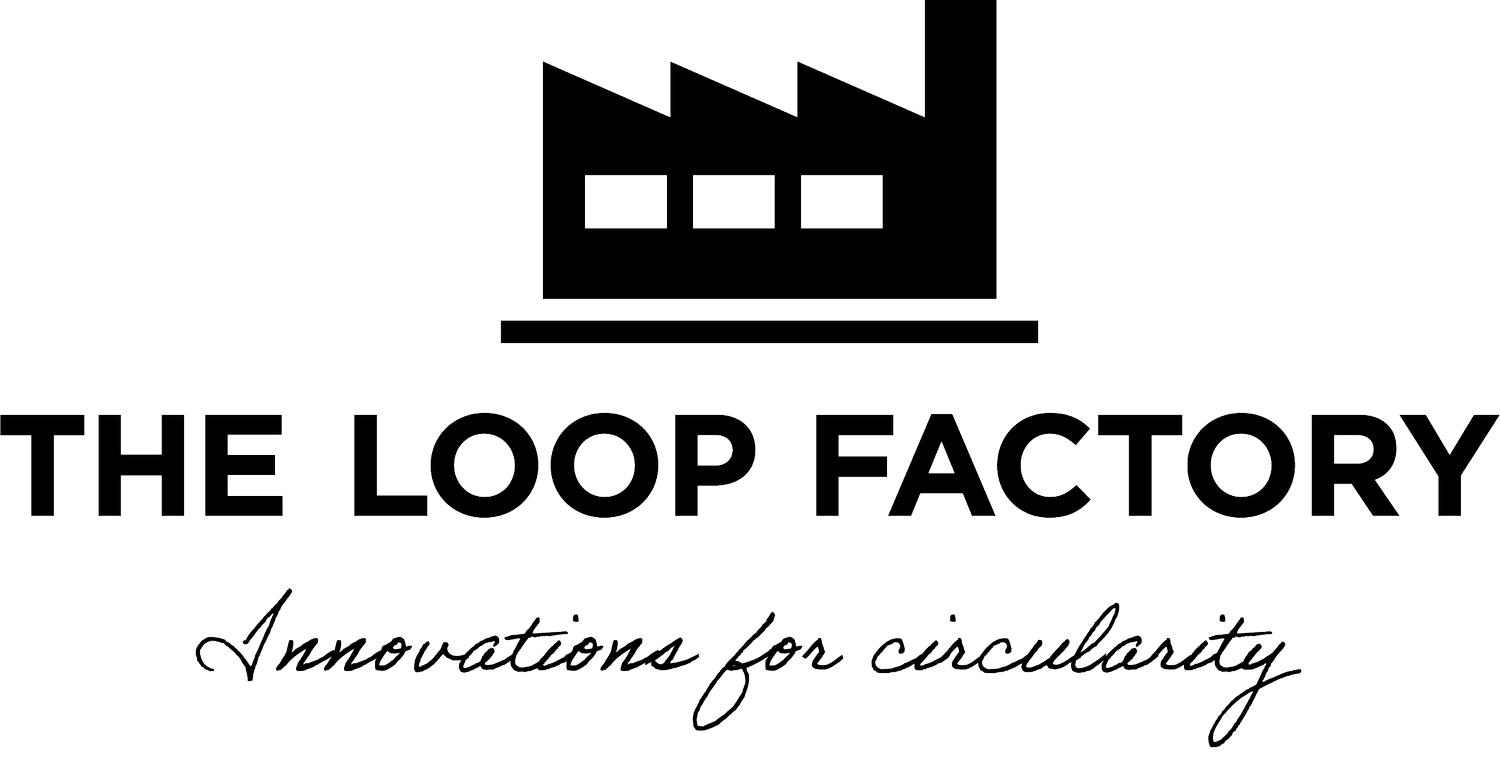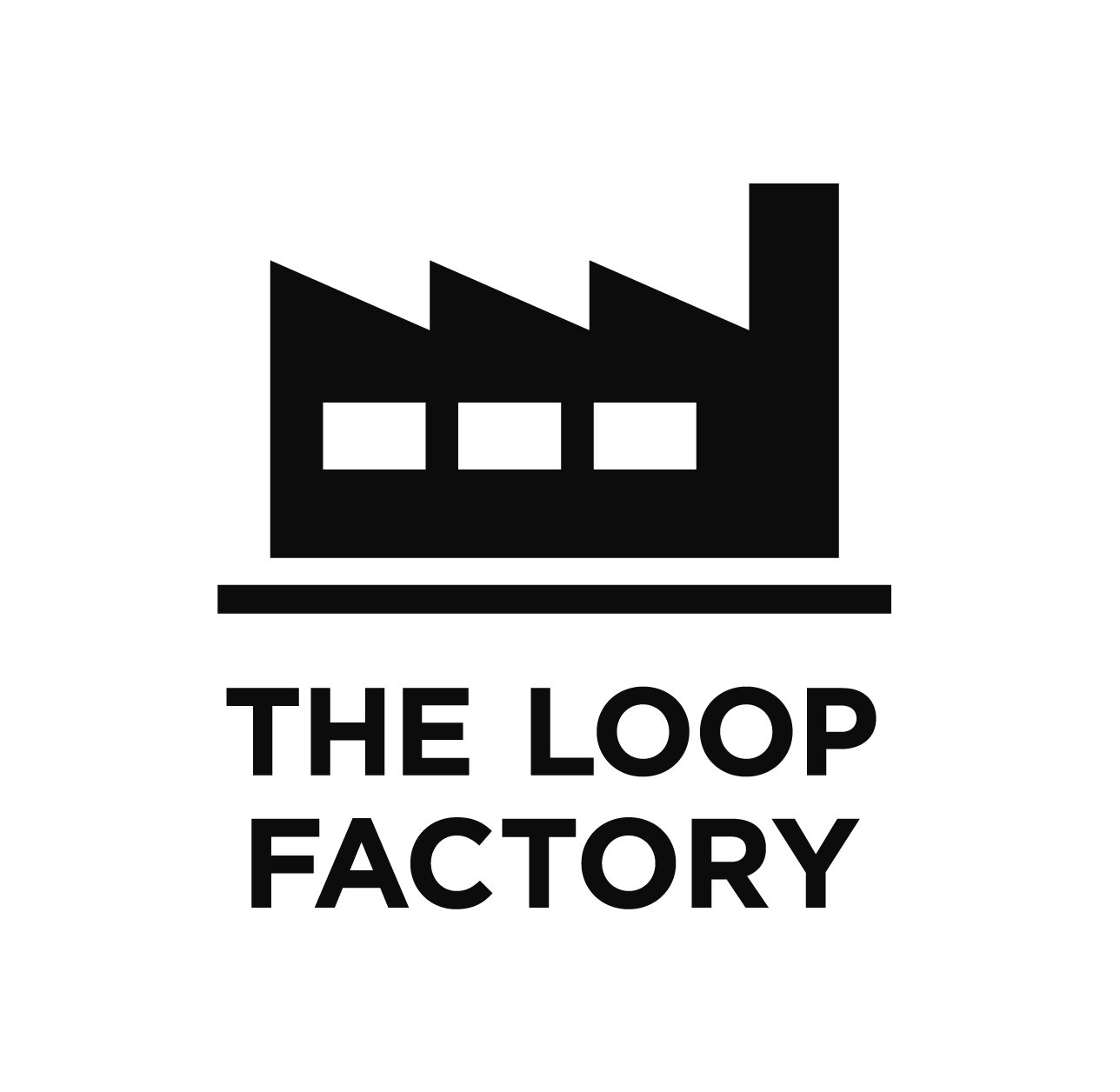
nextex
A material design concept developed by The Loop Factory where recycled textile materials are refined into new materials and where the intrinsic value and properties of textile fibres have been preserved.
BACKGROUND
Minimizing residual material is a producer's responsibility, but no matter how much they minimize it, residue will always occur. This project started with investigating the potential in saved textiles and how to create value out of something that usually is discarded.
CHALLENGE
This project was a logistic project as much as a material development project. Creating a balance between what’s available and aesthetics made us raise the question about what we as consumers demand, and that our demands often depend on what we are used to. There is a need for changing mindsets, and the timing is now.
SOLUTION
We treated the textile waste stream as a raw material stream, and therefore we implemented a lean way of seizing it straight from production. This ensured total control and transparency of the material and its origin, which gave the concept an additional unique selling point.
RESULT
Further development of the textile resulted in a material ready to be applied in products, and we call it NexTex. We currently run commercial projects together with brand owners that want to use a material with a clear environmental benefit, made of waste that is too good to be wasted.
Win+win+win
The Loop Factory designed the NexTex materials based on secured and transparent textile feedstock. The raw materials are carefully selected to create added value and uniqueness.
The environmental benefits include reduced combustion and improved resource utilization.
The opportunities for storytelling around materials and products offer great market advantages.
A holistic logistic
Reducing and minimizing residue material is a producer's responsibility, but no matter how much they minimize it, residue will always occur. What matters then is what you do with it.
The positive thing about using textile residue is that the material is completely unused and has the same unique qualities and properties as the actual textile. We know exactly what it contains, where it comes from, what certifications it fulfils and the social impact that the producer contributes. This is the recipe to achieve a circular system. Transparency is key.
The environmental profit of the product is very straightforward.
Firstly, there is no need for producing new fibres. The cut-offs will always occur because of how the looms are built, and this secures a continuous flow which closes the system.
Secondly, there is full control of what the fibres contain. Since the original fabric is Ecolabel certified, flame retardant and locally produced, so are the saved textile fibres.
Thirdly, the fibres are already coloured and don’t need additional dyeing.
Last but not least, we have total control of the logistics chain, from raw material to the customer’s shelf.










